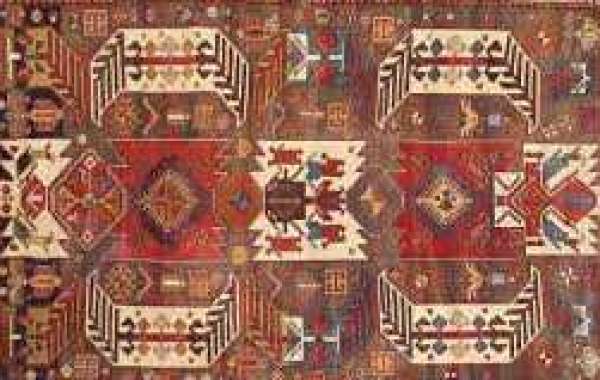What makes a Kilim different to other handmade rugs?
The word ‘Kilim‘ is of Turkish origin and basically refers to a pileless textile. The pile is simply the rug term to describe the surface of the rug, and how dense it is. For example, a Moroccan Berber Beni Ourain rug has a thick pile - it is a thick/ fluffy/ heavy rug. Whereas a Kilim rug is flat thin.
How Kilim rugs are made -
The main difference between a Kilim rug and other types of handmade rugs is that a Kilim is a flatweave (as touched on above). What is a flatweave? Flatweave describes a rug that is woven on a loom rather than knotted (by hand one knot at a time). It is created by interlocking warp (vertical) and weft (horizontal) threads. So still very much made by hand - but with a weaving technique, rather than a knotting.
Handmade rugs that have a pile, and are therefore not flatweaves, are created by knotting individual strands, of different colours, onto the warps. They are then held together by tightly pressing the wefts against each other.
The recognisable design features of a Kilim rug -
Kilim rugs are recognised by their simple and bold geometric designs. They are sometimes referred to as 'slit-woven' textiles. This is down to the design feature you'll see if you look close - small vertical slits along the edges of the patterns, between the different areas of colour/ where the different colours meet. The slits are desirable as they highlight the geometric shapes and give the design a 'HD' effect.
What material are Kilims made from?
The vast majority of Kilims are made from 100% wool. In some cases, the warp will also contain cotton.
Wool is a great choice for rugs. It is widely available, hardwearing, easy to handle and the vegetable dyes take to it perfectly.
Why do Kilims cost less than most other handmade rugs?
There are lots of different factors that contribute towards the cost of a handmade rug - check out our blog post that does a deeper dive into why Persian rugs are on the higher end of spend. The main reason Kilim rugs are lower in cost, is because of the amount of time, effort and skill that goes into the making of them. They are brilliant quality and beautifully crafted, but due to the way in which they are made (flatweaved as explained above) they do not take as long as hand knotted rugs and do not require the same level of skill to make.
See More:








